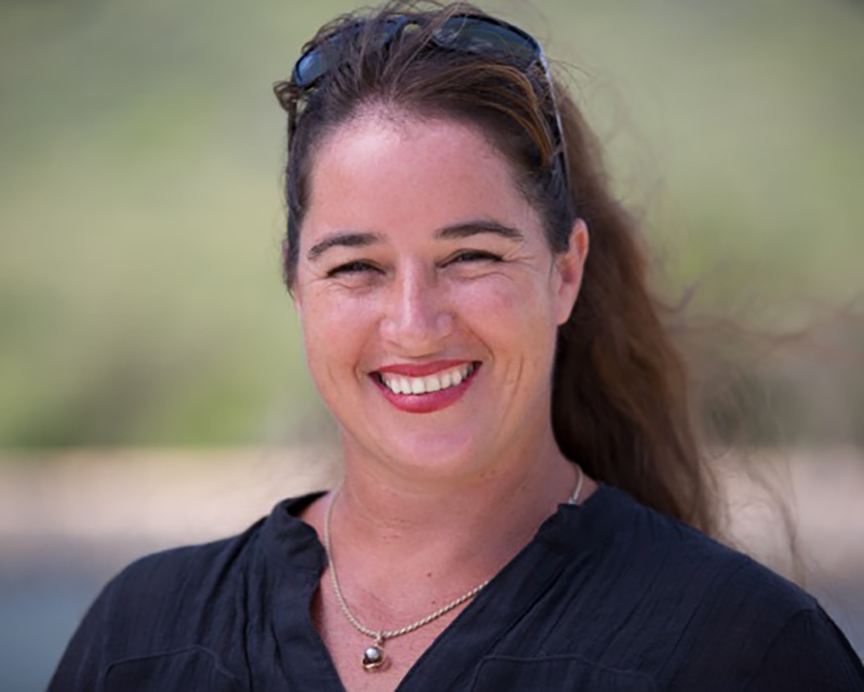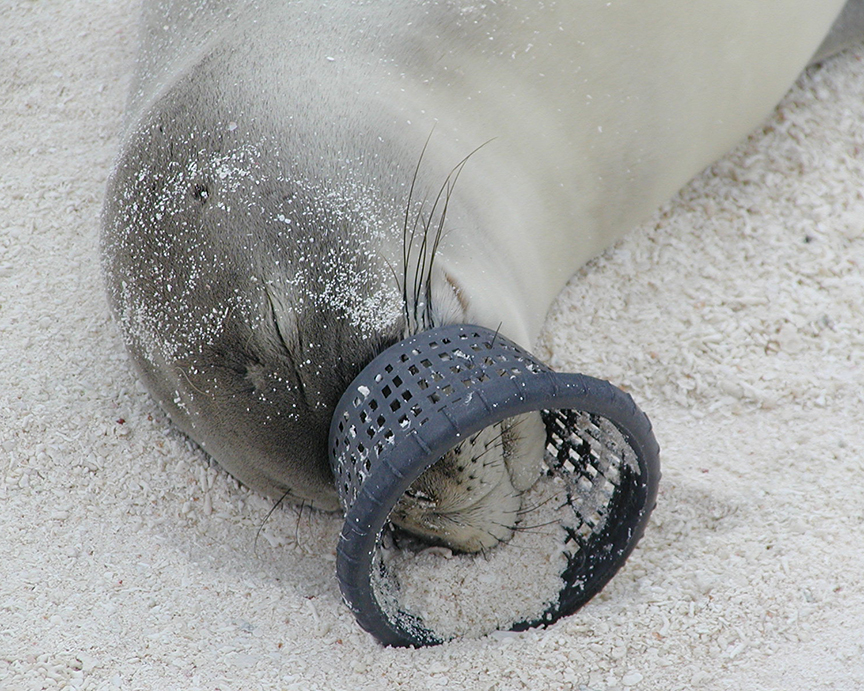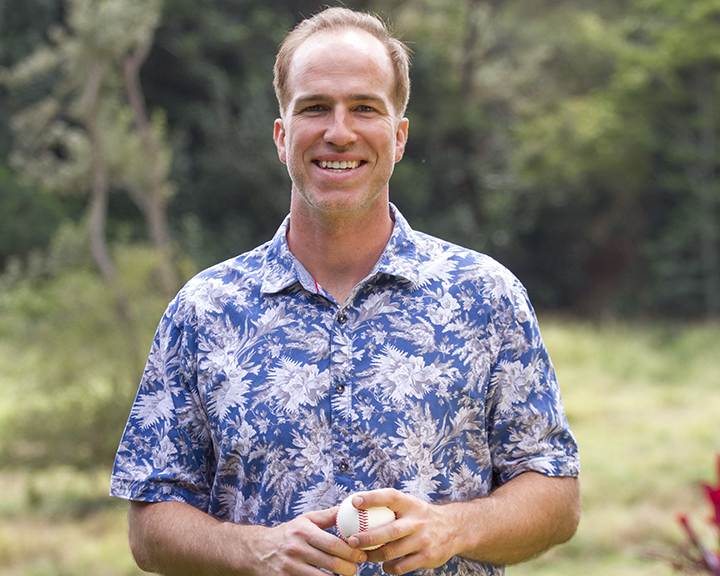By Helen Wong Smith

Kaua‘i residents pose with their holokū at Historic County Building in Līhu‘e. From left to right, Pua Rossi-Fukino, Polei Palmeira, Donna Stewart, Saebrie Pegeder, Barbara Green, Helen Wong Smith and Victoria Lam.
The elegant Hawaiian holokū dress became popular among Hawaiian royalty in the 19th century. Inspired by the dresses worn by the wives of the first missionaries in Hawai‘i, the holokū evolved into fitted bodices and sleeves, and were made from the finest fabric available. Noble ladies would wear it to balls and tea parties.
“It’s a very beautiful dress, it’s regal,” said Kaua‘i resident Hau‘oli Wichman, who wore a purple holokū to a white tie event in England in the summer of 2008. She and her sister crafted the dress especially for the event. “I made it because it signified my Hawaiian heritage and I wanted to wear something special to the event.”
Some 500 people attended the event to induct the first American citizen — and the husband of a trustee for the National Tropical Botanical Garden — as the president of a 400-year-old fruiterer association in England. But Wichman’s dress almost stole the spotlight; she was the only one wearing a holokū. The British told her they had never seen a dress like that and it was very beautiful.

Hau‘oli Wichman dons the holokū she wore to a white tie event in England in 2008.
The birth of the holokū goes back almost 200 years; it is traced back to the arrival of the first Christian missionaries to Hawai‘i in 1820.
Reportedly, chiefessess Kalakua and Namahana (both widows of Kamehameha the Great) upon seeing the long, tight sleeves and the narrow skirts of the missionary women onboard the American brig Thaddeus, insisted on being fitted out in the same way.
At the end of the first sermon delivered before Hawaiian royals by the Reverend Hiram Bingham aboard the Thaddeus, Kalakua, also the mother of three of Liholiho’s queens, apparently demanded that “white women cease their stupid singing and praying, and get immediately to work at sewing her a dress,” according to Paul Bailey’s book Those Kings and Queens of Old Hawai‘i.

Queen Liliu‘okalani in the late 1800s, wearing a holokū.
Kalakua’s demand, however, would have to wait for the next day. Despite the chiefess flying into “monumental rage,” the American women would not work on the Sabbath, Bailey wrote. On Monday, the “strange Christian kapu” was lifted. Stores of silk and brocade and chintz were brought out, and the deck of the Thaddeus was transformed into a sewing school.
“Mesdames Thurston and Bingham … at once perceived that tight bodices and belts were unsuited to the figures of their new friends, to say nothing of the new climate, so they invented a garment, cool, flowing and graceful — the holokū,” F.H. Wills wrote in The Story of the Holokū published in the Mid-Pacific Magazine in 1913.
Kalakua stood in her “majestic nakedness” on the deck of the Thaddeus, while being measured for her white cambric dress, according to Bailey.
“The deck boiled with anticipation and pleasure. Chatter was endless. The seamstresses were offered bowls of poi, and even pipes packed with tobacco, to make their task easier and happier. Dark eyes, out of dark faces, stared on in joyful anticipation and fascination. When Queen Kalakua stood before them in white magnificence it was a festive and happy moment,” Bailey wrote.

Victoria Lam, wearing a holokū designed by the late Guadalupe Bulatao.
Professor Barbara Lyons attributes the first showing of a holokū by Kalakua, who accessorized it with an embroidered lace cap and neckerchief from America.
Wills wrote the holokū provided a new use for the rich fabrics brought by traders from China for the Islands’ sandalwood, which “had been laid away, or used for mantles to be worn on great occasions.”
Professor Joyce Chinen credits the form-fitted holokū as an evolution from the Mother Hubbard dress, with a loose-fitting undergarment, the muʻumuʻu that later came to be worn as an outer garment. In her dissertation, she states “pieces of kapa with calico-style printing were often sewn together for this purpose.”
Lyons provides two versions of how the holokū was named. One being the Hawaiian women cried, “Holo! Kū!” meaning, “We can run in it — we can stand!” The more likely explanation is that, in teaching them to sew, the missionary women said, “Holo,” meaning, “Go,” and “Ku,” meaning “Stop.”

Saebrie Pegeder
The adoption of the holokū is well documented, but did not sway the high Chiefess Kapiʻolani, well-known defier of Pele, when visiting a mission school in Waimea in 1829. Persis G. Taylor wrote, “Her feet were always clad in stockings and shoes … on public occasions, or when visiting away from home, she wore a tight fitting dress, not even adopting the “holokū (or Mother Hubbard) which afterwards became the national style.”
Like any ubiquitous item, the holokū saw its share of media coverage as reflected in the 1907 subtitle of an article on theft in Honolulu, “Boy steals and girl buys jag and new holokū – 60 days,” in The Hawaiian Star newspaper.

Barbara Green has been designing holokū for more than two decades. Here she wears one of her creations.
The same newspaper presented a contrasting account in a 1909 article covering Queen Liliu‘okalani’s fourth trip to Washington D.C. to press her claim for payment for the crown lands, which the U.S. held in her former kingdom. “Her attire at a reception in the home of her nephew, the Hawaiian congressional Delegate
Making holokū is still a tradition on Kaua‘i. Perhaps one of the most well-known designers was the late Guadalupe Bulatao, famous for her elegant and creative holokū. Today, Barbara Green is one of the leading holokū makers here. A professional seamstress since 1990, she has been making holokū since then.

Pua Rossi-Fukino, wearing yellow, is seen here with Polei Palmeira, in pink, and Saebrie Pegeder.
The holokū, Green said, represents the transition of an old to a new Hawai‘i, from the culture as Hawaiians knew to a a culture they had to get acclimate to because of the changes happening here in the 19th century.
The Kaua‘i Historical Society is hosting the Ho‘ike Holokū Gala, a fundraising event at Smith’s Tropical Paradise on Oct. 15, from 5:30-9 p.m.
Green said she’s excited KHS is bringing back the Holokū Ball tradition.
“I would love if people would come to the ball,” she said. “We should revive this tradition of this formal dress.”
Wahine are encouraged to wear holokū and kāne to wear vintage aloha shirts. There will be a procession of dresses, live music, hula and pūpū. Visit kauaihistorialsociety.org or call 245-3373 to purchase tickets.
- Helen Wong Smith, MLIS, CA is the executive director for Kaua‘i Historial Society. She can be contacted at director@kauaihistoricalsociety.org or at 245-3373.
- For Kaua‘i Editor in Chief Léo Azambuja contributed to this article.
Discover more from ForKauaiOnline
Subscribe to get the latest posts sent to your email.












Leave a Reply